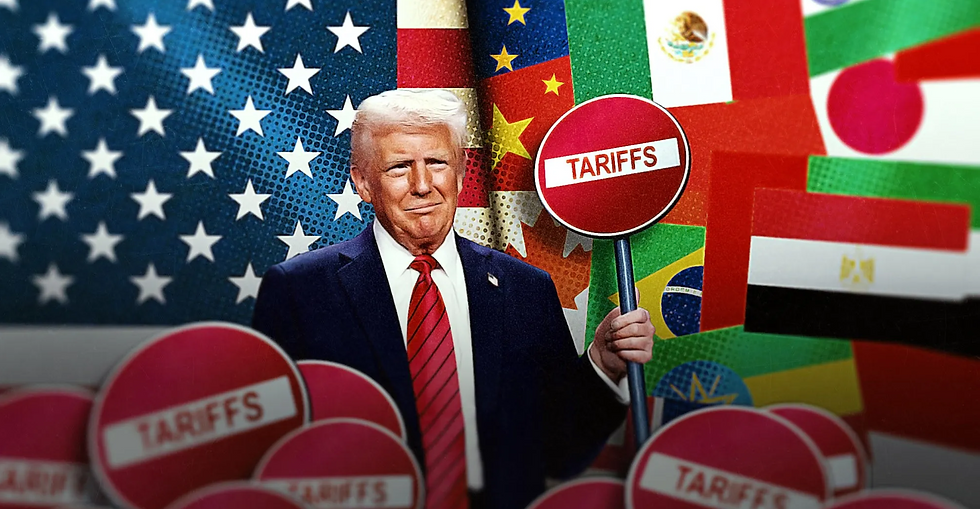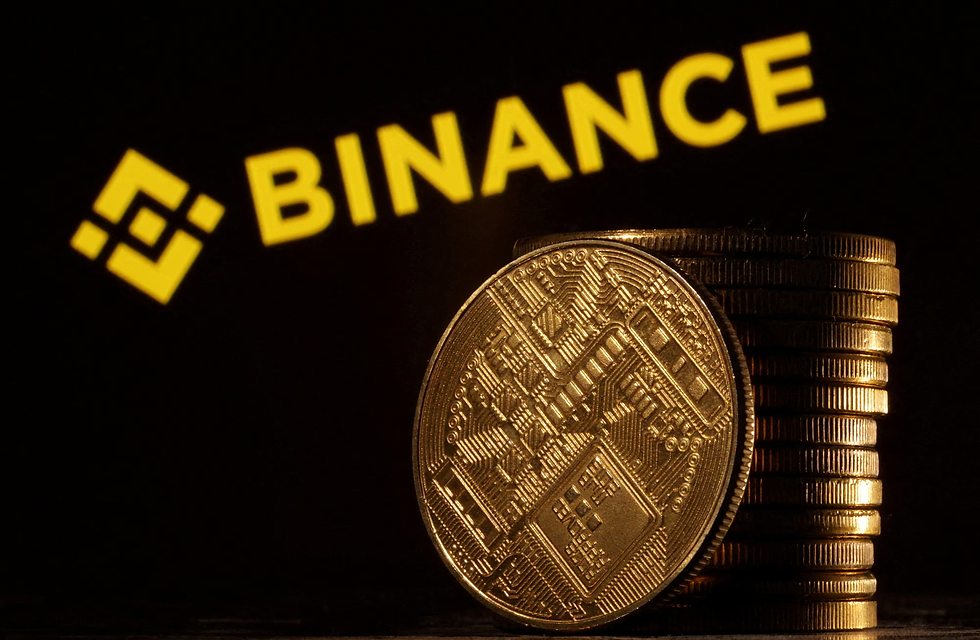Trump’s Campaign Against the Fed Marks a Dangerous Power Grab
- Flexi Group
- Jul 22
- 3 min read
Donald Trump’s ongoing battle with the Federal Reserve has taken a dark and troubling turn, revealing his deeper ambition to bring the last major independent institution under his direct control.

His attacks on Fed Chairman Jerome Powell have become increasingly personal and politically calculated, as he continues laying the groundwork to dominate the entire U.S. system of governance.
Earlier this week, Trump’s feud with the independent central bank reached new lows, as he shifted from demanding lower interest rates—supposedly to ease the financial burden of his “Big Beautiful Bill”—to attempting to manufacture grounds for Powell’s removal. Having failed to force Powell’s hand on rate cuts, Trump is now exploring an entirely different route to sideline him.
In an echo of the Varoshiotou case in Cyprus—where public opinion suspected political motives in preventing her judicial confirmation—Trump appears to be trying to create a pretext to oust Powell. Since firing him over policy disagreements, like refusing to lower interest rates, lacks legitimacy, Trump has pivoted toward accusing Powell of fraud or mismanagement in the reconstruction of the Federal Reserve building.
A coordinated effort is already underway among Trump loyalists to reshape the narrative, implying Powell either mishandled or covered up issues with the building’s reconstruction. Certain Fox News interviews have reportedly descended into shamelessly biased attacks, promoting the idea of Powell’s incompetence or corruption to justify his dismissal.
Behind closed doors, the plot thickens. According to reports, Trump recently held a meeting in the Oval Office with lawmakers where he waved around a draft termination letter, bluntly asking whether he should go ahead and fire Powell. While he soon walked back those comments—particularly after the dollar dropped on the back of the speculation—his intention remains clear: slowly but steadily prepare the political terrain to remove Powell, both as chairman (his term ends in 2026) and later as a member of the Federal Reserve board (which runs until 2028).
After having already cemented a majority on the Supreme Court that is sympathetic to his legal and political maneuvers, Trump has now turned his focus to the Federal Reserve, the final pillar of institutional independence that has the power to resist his will. And once he controls it, the consequences could be far-reaching. As the author ominously notes, “his almost complete dominance of the governance of the United States will be complete.”
More disturbingly, the potential for unchecked power extends beyond U.S. borders. Trump could then set interest rates at will, and even control the granting of dollar swap lines with foreign central banks—a tool that could be weaponized to impose economic pressure on other nations for political ends. As the piece starkly concludes, “the present tariff war will seem like foreplay.”
The independence of institutions—particularly the Fed—has long been recognized as critical to democratic stability. This independence was legally enshrined to prevent the government from printing money irresponsibly, ignoring long-term risks for short-term gain. “I have been repeating ad nauseum my views on how critical the independence of institutions on a well-governed society is,” the author writes. “The independence of the Fed in particular was judged so critical so as to be protected by law.”
Some still hold hope that market forces will act as a check on Trump’s intentions. Jamie Dimon, the CEO of JPMorgan Chase, and one of Wall Street’s most influential voices, has defended both the Fed’s independence and Powell himself. This may partly explain Trump’s recent hesitation in immediately dismissing Powell. Still, plans for a 2026 removal seem well underway.
The current U.S. Treasury Secretary, Scott Bessent, widely seen as a potential Trump pick for Fed chair, has hinted at Powell’s eventual ousting. According to Bessent, Powell’s continued presence on the board after 2026 would “undermine the new chairman” who, without doubt, will be chosen specifically to slash interest rates regardless of inflationary conditions.
Reflecting on this gathering storm, the author expresses a deep concern that echoes through history: “For the past few months, I have been grasping at any signs that Trump’s policies would somehow trigger a realisation of how dangerous what he represents truly is.”
But optimism feels increasingly naïve. “I conveniently seem to forget that when Hitler came to power in 1933, he was continually growing in strength until he initiated the world war in 1939 that brought about his demise.”
He adds: “While I hope that another war will not be how we end this era of world history, the continued rise of Trump’s power seems to be a virtual inevitability.”
By fLEXI tEAM
.png)
.png)







Comments